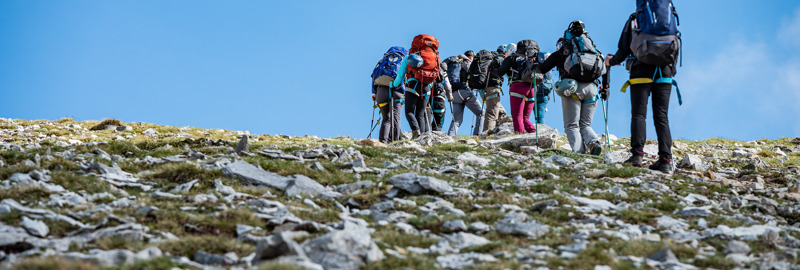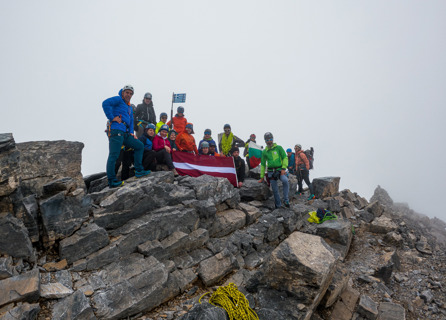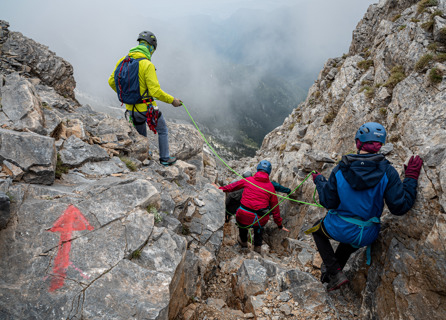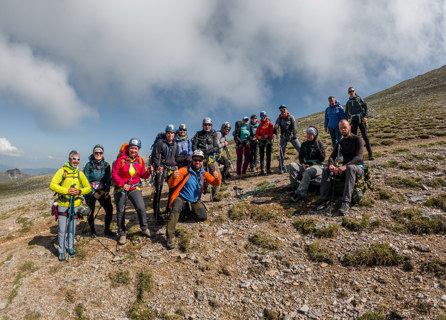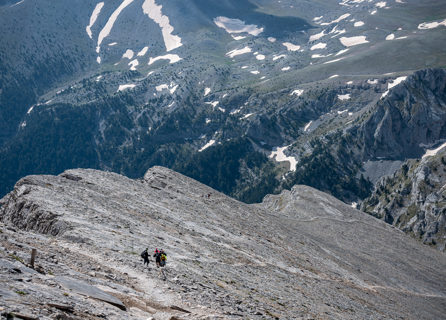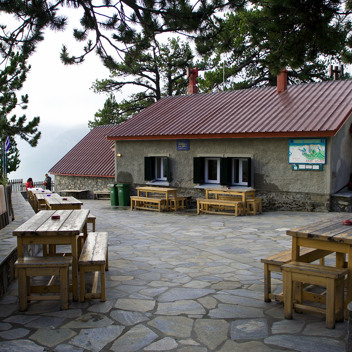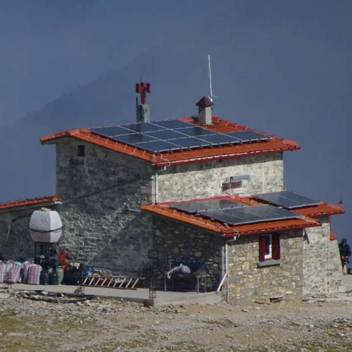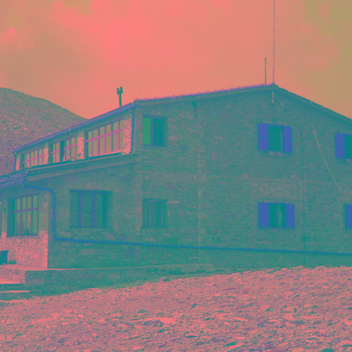LITOCHORO & HIKE TO MOUNTAIN HUT SPILIOS AGAPITOS, ALT. 2,100 METERS
Arrival in Litochoro main square (Trekking Hellas Base) to meet the guide and the rest of the hiking group. Transfer to Prionia, from where we begin our hike, at an altitude of 1,100 meters. The route from Prionia to Spilios Agapitos mountain hut is the most widely used hiking trail on Mount Olympus and part of the E4 European Path. Prionia is the highest point accessible by car. The biggest part of this hike goes through thick forests of pine, beech and fir trees, and is in good condition. We make our way up to an altitude of 2,100 meters and reach the mountain hut Spilios Agapitos.
Estimated hiking Time: 3 – 4 hours
Difficulty level: 3
